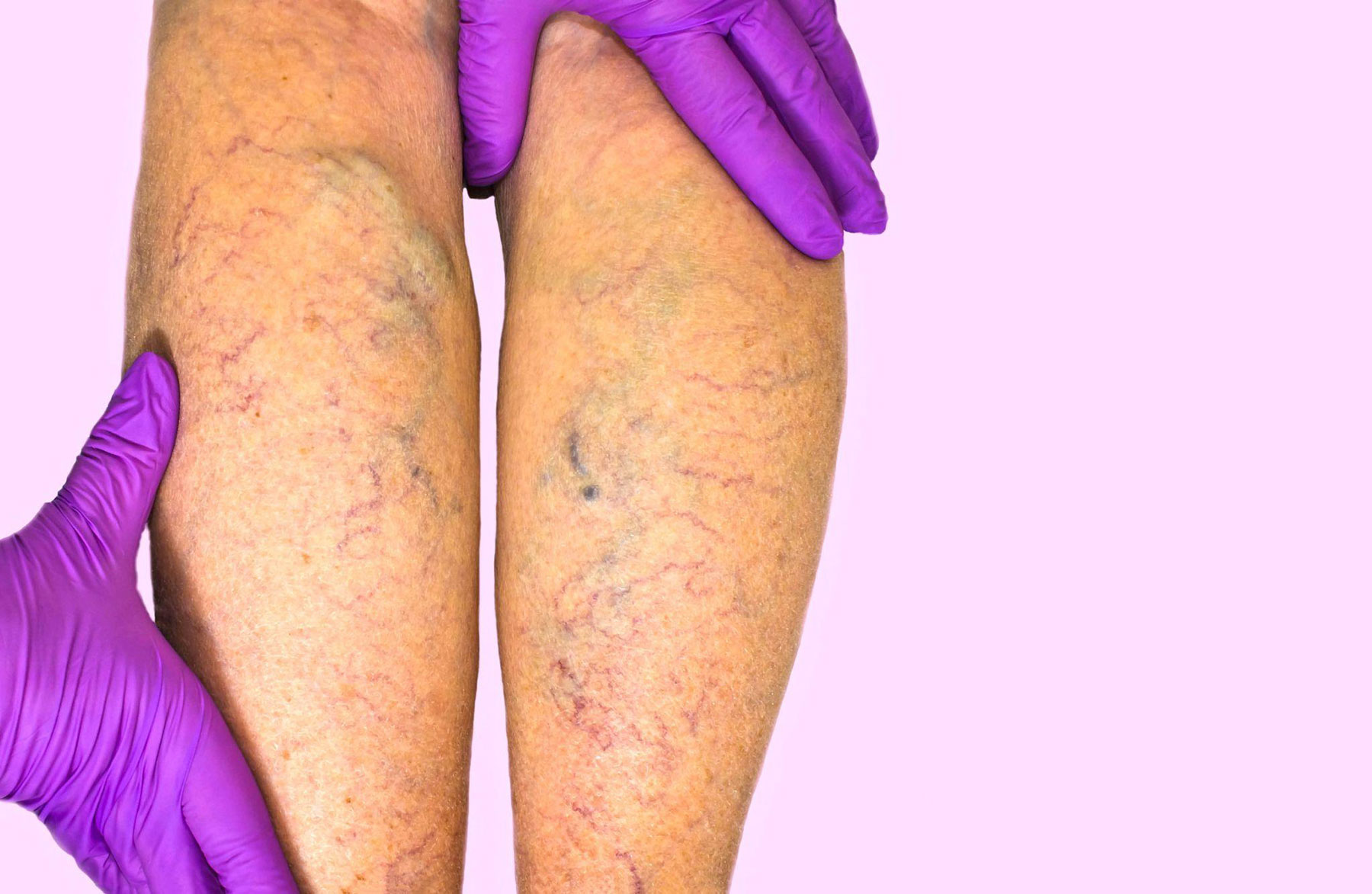While many people have heard of varicose veins, there are other vein issues that pose risks and cause uncomfortable symptoms. It’s important to know about these conditions, especially if you’re noticing pain or other problems with your legs. One of these conditions is known as chronic venous insufficiency, and it’s vital to treat it early as it is a progressive condition that worsens over time.
What is Chronic Venous Insufficiency?
Known as CVI, this venous disease is caused by damaged leg veins. The damaged valves make it so that the blood flow in the veins doesn’t work correctly, making it more difficult for blood in the legs to get back to the heart. These circulation issues cause blood to pool in the veins and increase pressure. Remember that Chronic venous insufficiency can happen in deep and superficial veins.
Risk of Chronic Venous Insufficiency
Without CVI treatments, the condition will continue to worsen. This will increase the pressure inside the veins and cause capillaries to explode. These small bursts can make the skin turn reddish-brown and lead to other problems like tissue inflammation and damage. Finally, untreated CVI can cause venous stasis ulcers that can quickly become infected.
Treatment Options
Along with minimally invasive treatment options, you can also work with a doctor to manage symptoms and keep them from worsening. Some prevention and management strategies include:
- Keeping up on good skin hygiene to avoid infection
- Exercising regularly
- Evaluating your legs
- Wearing compression stockings
- Avoiding standing or sitting for long periods of time
But, for many patients, it’s necessary to undergo some treatment options to find relief and stay healthy. Most of these options are done during outpatient procedures. Some treatment options include:
- Radiofrequency vein ablation: During this procedure, a small catheter is placed into the vein, and radiofrequency shrinks the vein.
- Sclerotherapy: This procedure involves injecting a medicated solution into the vein.
- Endovenous laser therapy: This treatment option also involves using a small catheter placed into the vein. But, in this case, a laser cuts off the blood flow to the vein.
- VenaSeal: During this treatment, adhesives close off malfunctioning veins. Once the damaged vein is closed off, blood will reroute itself through healthy veins.
While some patients worry about undergoing treatment, it’s necessary to prevent more dangerous health risks. And, in most cases, these procedures are completed in less than an hour and only involve local anesthesia. So, don’t wait to schedule a treatment or to work with a physician to keep your CVI from worsening.
Contact Southern Utah Vascular and Vein Experts
For more information on treating and preventing chronic venous insufficiency, reach out to the Heart of Dixie Vein & Vascular team. We provide a wide range of treatment options. With years of specialty training and experience, you can trust our medical staff to care for any vein or vascular problem you are dealing with. Call us today to request an appointment.





